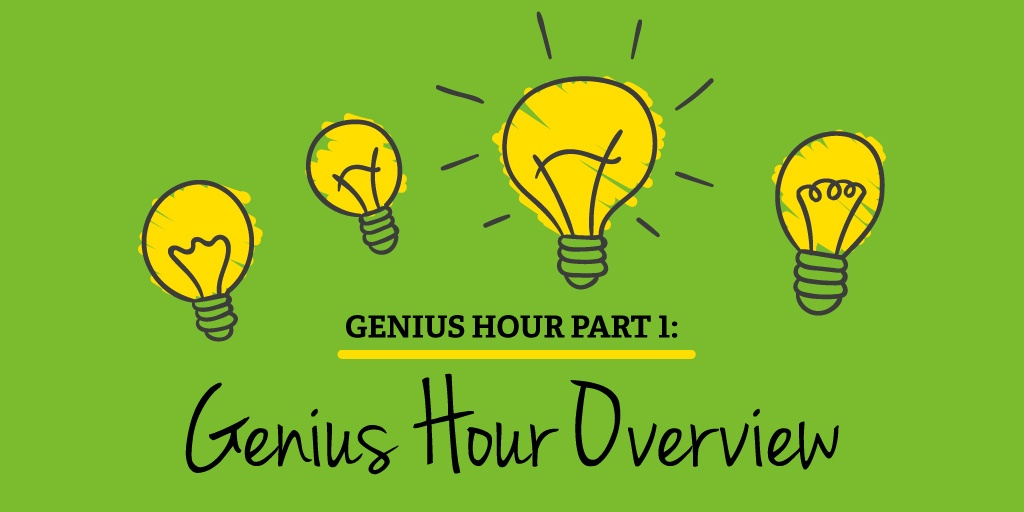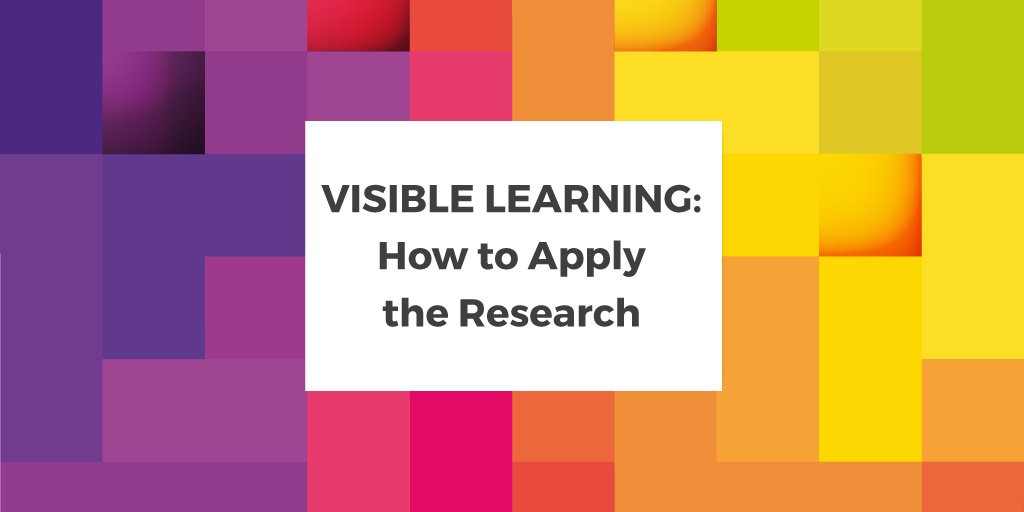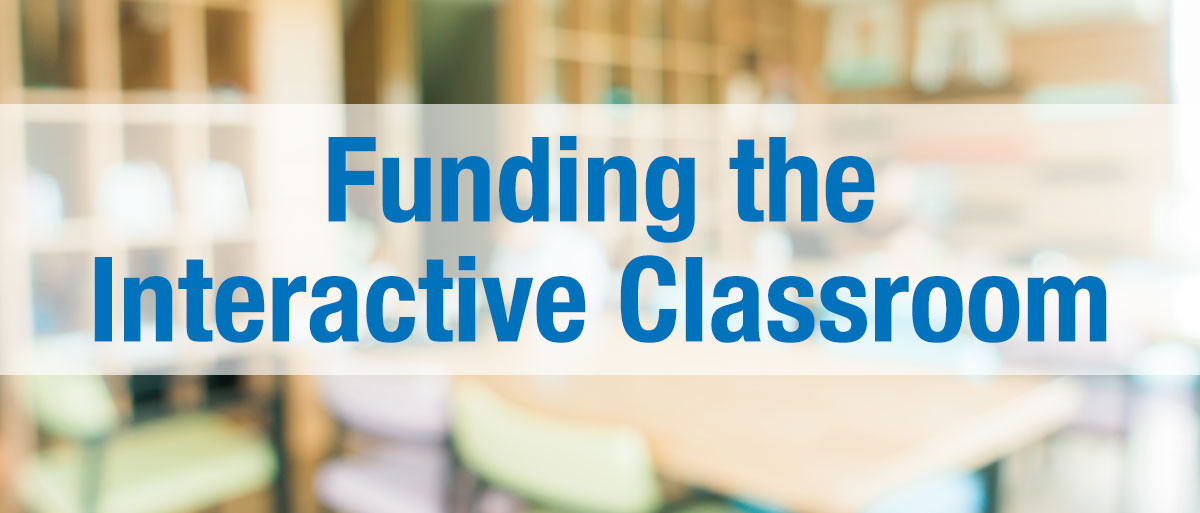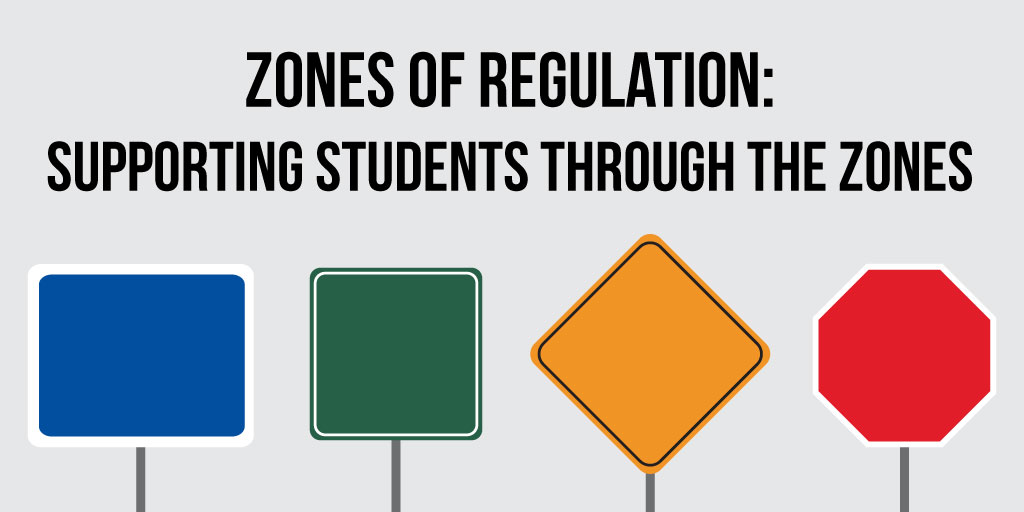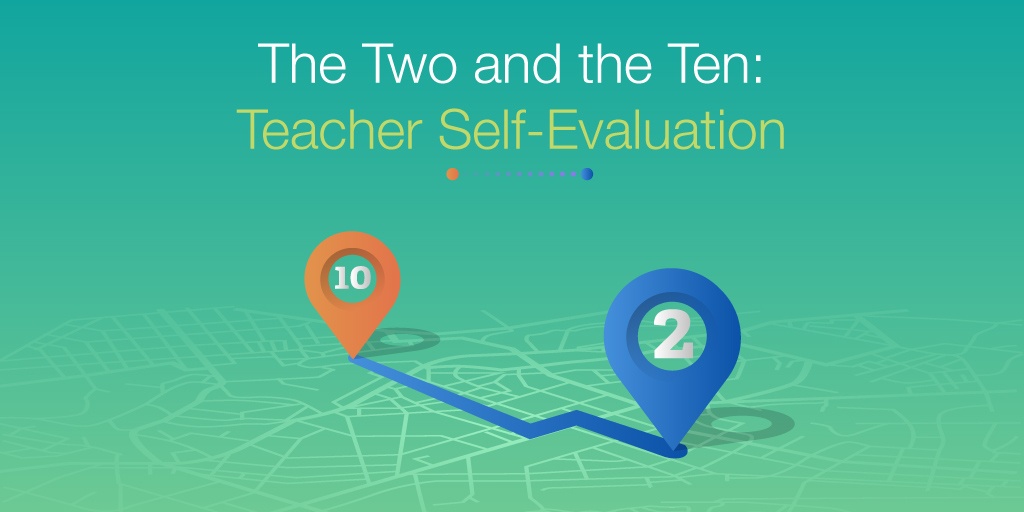Over the past few years, the term “genius hour” has caught fire and become more common in classrooms. If you have heard this term before but weren’t sure what it means, here is a short primer about the topic.
The origins of genius hour are pretty simple. In Daniel Pink’s book Drive, he discusses some insightful research about motivation. He cites three key areas that are most effective in motivating people (and students): autonomy, mastery, and purpose. He asserts that traditional incentives for behavior—things like rewards and punishments—only work with certain types of tasks, like rote learning or repetitive tasks. For tasks that require depth of thinking, creativity, and problem solving, we are much more motivated by having a sense of purpose, a feeling of autonomy, and a hope of mastery.

